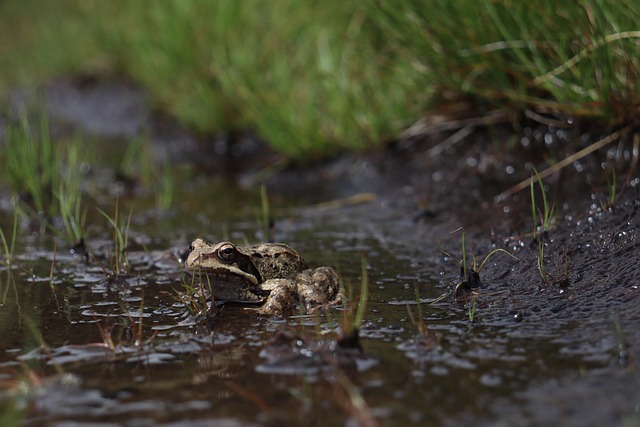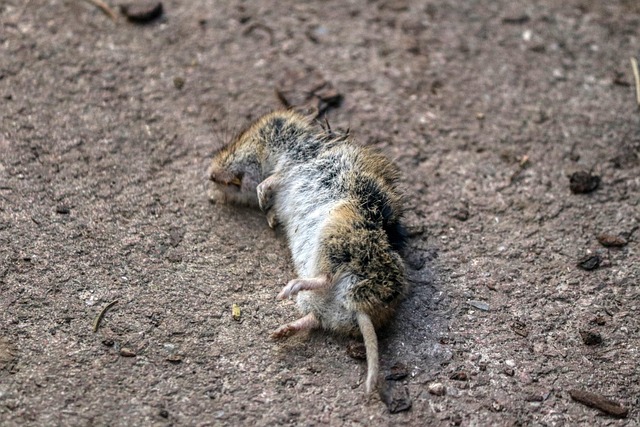Wildlife, particularly rodents, can infiltrate homes through hidden entry points like walls, attics, and ventilation systems, causing damage and producing scratching noises. Signs of rodent activity on Golden walls include gnawing marks or scratches. Prompt action from a professional wildlife removal service is advised to seal entry points, prevent damage, and stop persistent scratching sounds. Effective strategies involve blocking entry points with durable materials, setting traps, using infrared cameras, regular inspections, sealing gaps over 1/4 inch, installing secure screens, maintaining cleanliness, and using outdoor lighting near potential entry points.
“Unwanted visitors can leave their mark on your home through tiny entry points, especially when it comes to rodents causing scratching sounds against Golden walls. This article guides you through effective wildlife control methods for sealing and removing these pesky intruders. We’ll explore the subtle signs of their presence, from scratching noises to visible damage. Learn practical steps to prevent future invasions, ensuring a peaceful and rodent-free sanctuary in your own home.”
- Understanding Wildlife Entry Points and Scratching Sounds
- Effective Methods for Rodent Sealing and Removal
- Preventative Measures to Keep Wildlife Out of Your Home
Understanding Wildlife Entry Points and Scratching Sounds

Wildlife, particularly rodents, can gain entry into homes through various points, often unnoticed until signs of damage or scratching sounds are heard. Identifying these entry points is crucial for effective wildlife control and prevention. Common areas include walls, attics, crawl spaces, and ventilation systems. In Golden walls, for instance, rodents might leave visible signs of gnawing or scratch at the exterior to gain access.
Scratching sounds can be an early indicator of a rodent infestation. These sounds, often heard during night hours, result from rodents’ natural behaviors such as communicating, marking territory, or searching for food. Homeowners should pay close attention to any persistent scratching noises coming from walls or floors, as it could signal the presence of unwelcome visitors. Prompt action by a professional wildlife removal service is advised to seal these entry points and mitigate potential damage.
Effective Methods for Rodent Sealing and Removal

Rodent sealing and removal require a multi-faceted approach to ensure effectiveness. One of the primary methods involves identifying and sealing entry points, using materials like steel wool, caulk, or metal sheeting to block holes and cracks. This process is crucial in preventing rodents from reentering buildings after initial removal. Traps, both live and lethal, can be strategically placed along walls and in hard-to-reach areas to capture or kill persistent intruders.
Additionally, professional wildlife control services employ specialized tools like infrared cameras and motion-activated sensors to locate burrows and active signs of rodents. By combining these methods with regular inspections, property owners can effectively manage rodent populations. Addressing scratching sounds in Golden walls is a clear indicator that such measures are needed, underscoring the importance of prompt action for thorough wildlife removal.
Preventative Measures to Keep Wildlife Out of Your Home

Keeping wildlife out of your home is a multi-step process, starting with preventative measures. One of the first steps is to inspect your home for any potential entry points, especially in areas where you’ve heard scratching sounds coming from golden walls. Seal all cracks, gaps, and openings larger than 1/4 inch using caulk or weatherstripping to prevent rodents from finding their way inside. It’s crucial to also secure screens on windows and doors, ensuring they fit tightly and are in good condition.
Regular cleaning and maintenance are essential to deterring wildlife. Remove any food sources, including pet food, garbage, and compost, keeping them stored securely in sealed containers. Keep your yard neat by trimming bushes and trees to reduce hiding spots and ensure there’s no debris or clutter that could attract wildlife. Additionally, install outdoor lighting around entry points to make it less inviting for rodents seeking shelter during the night.
Sealing entry points and implementing effective wildlife control methods, such as those discussed for addressing scratching sounds in golden walls, are essential steps in preventing unwanted rodent intruders. By understanding common entry points and adopting preventative measures, homeowners can effectively keep wildlife at bay. Regular inspections and prompt sealing of any gaps or cracks not only protect against structural damage but also ensure a safer, healthier living environment. Remember, timely action is key to managing and mitigating potential wildlife-related issues in your home.
